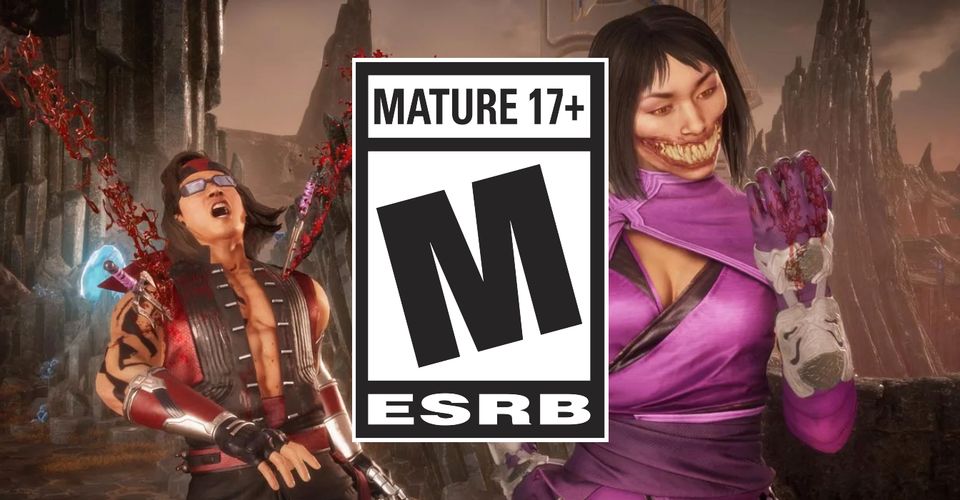How Mortal Kombat Introduced The M Rating To Video Games

Mortal Kombat has been a gaming staple for decades, and its inception had far-reaching effects within the industry. Regulatory boards for entertainment media are quite common, but Mortal Kombat was instrumental to the advent of the ESRB, the U.S.’s video game content ratings board.
Prior to the 1990s, home console games – and all games, for that matter – didn’t come with any age ratings. Arcades were still relatively popular, and console technology was rudimentary enough that realistic video game depictions of sexual or violent content seldom made their way into people’s homes. Mortal Kombat, however, was already known for its bloody, violent Fatalities in the arcades. When it came to consoles in 1993, the graphic nature of the game came under scrutiny by concerned parents, and the issue eventually involved the United States Congress.
Joseph Lieberman, at the time a U.S. Senator representing Connecticut, brought Mortal Kombat and a CRT TV in front of two Senate committees in 1993 to display to his colleagues the supposedly corruptive content children were consuming on screen. Highlights from the Senate hearing have been preserved by NeoGamer on YouTube, wherein Lieberman can be seen solemnly describing upcoming graphic images, warning his fellow Senators of what they are about to witness in the Sega Genesis version of Mortal Kombat:
“Blood splatters from the contestant’s heads. When a player wins, the so-called ‘death sequence’ begins. The game narrator instructs the player to finish – and I quote, ‘finish’ – his opponent. The player may then choose a method of murder ranging from ripping a heart out to pulling off the head of the opponent with spinal cord attached.”
Lieberman goes on to introduce a second game to the Senate, Night Trap, which utilized footage of real actors for its interactive, horror movie-like gameplay, and Lethal Enforcers, a game that came pre-packaged with a light gun called “The Justifier,” used to shoot onscreen sprites with, for the time, convincing graphics. Lieberman hoped the footage would spur Congress into passing legislation to grant the federal government the power to regulate the games industry and assign ratings to new releases.
Mortal Kombat Helped Lead To The Formation Of The ESRB

According to Polygon, much of the moral panic that surrounded Mortal Kombat was thanks to a marketing campaign hyping up its home console release date, dubbed “Mortal Monday,” that brought the game mainstream attention. Kelsey Lewin, Video Game History Foundation co-director, told Polygon, “‘Mortal Monday’ was a multi-million dollar marketing campaign that included prime-time TV commercials, print ads, and promotion giveaways, all leading up to a single release day for four different consoles.” Prior to the Senate hearing, an independent trade group known as the Interactive Digital Software Association had already decided on making a games rating system.
The IDSA, which rebranded in 2004 to the Entertainment Software Association, created the Entertainment Software Rating Board, the same ESRB that to this day continues to dispense video game ratings. The ESRB debuted its first rating scale in 1994 with five labels: Early Childhood, Kids to Adults, Teen, Mature, and Adults Only. Mortal Kombat was assigned an M rating – which, of course, didn’t stop its success, as developer NeatherRealm is now rumored to be working on Mortal Kombat‘s twelfth mainline entry.
Any potential legislation failed to make it through Congress, and lawmakers seemed satisfied with the introduction of the ESRB ratings. The ESRB is not a governing body, however, so there were no legal repercussions for selling an M-rated game like Mortal Kombat to minors, though many retailers would adopt policies that aligned with the ratings scale.
Sources: ESRB, NeoGamer/YouTube, Polygon
About The Author

















